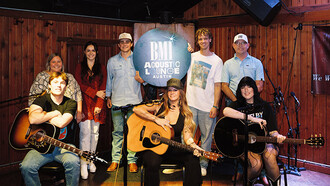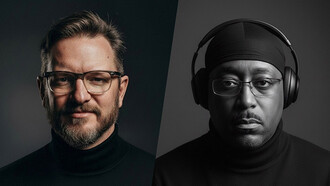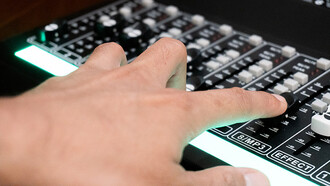Featuring Advice for Songwriters

BMI’s monthly MusicWorld features advice and career strategies for songwriters, Q&As with top writers and composers and more.
BMI is proud to congratulate our many songwriters, composers and publishers who are honored every year with prestigious accolades of every kind. From the GRAMMYs, Oscars and Tonys, to the CMA Awards, Premio Lo Nuestros and Americana Music Honors, to BMI’s own exclusive award shows, celebrate the BMI winners here…



Community
Connect with BMI & Professional Songwriters